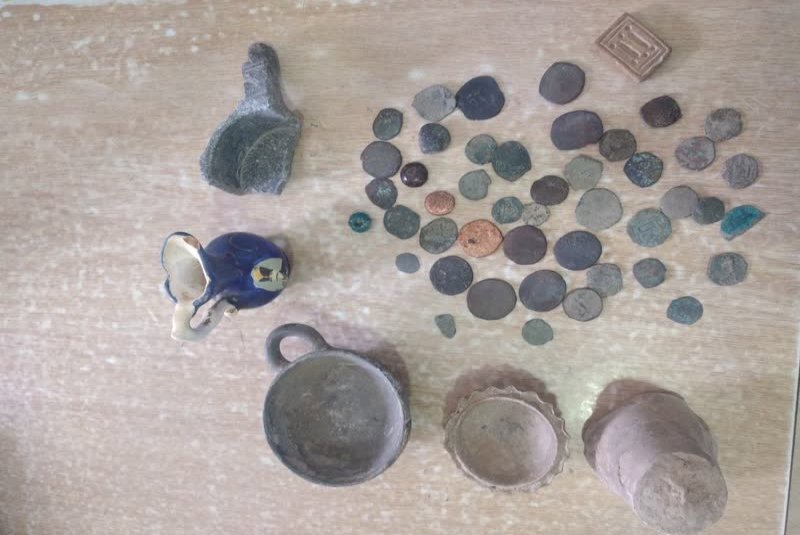Ancient relics recovered by police

TEHRAN– Iranian authorities have recently confiscated some coins and other antiquities from the home of a suspect in the ancient city of Neyshabur.
Following receiving reports from cultural heritage enthusiasts, police forces recovered 50 historical objects, including 42 coins that date from the early Islamic era, CHTN reported on Monday.
The accused was traced and arrested after the police had received reports from cultural heritage aficionados about the [illegal] possession of the relics.
The police detained and surrendered him to the judicial system for further investigation, the report added.
In ancient times, Neyshabur was home to many great men of science, art and culture and today it hosts tourists who go to visit the relics of that period.
Situated some 70 km west of Mashhad, northeast Iran, Neyshabur was founded around the third century CE. Narratives say the town derived its name from its alleged founder, the Sasanian king Shapur I. The city was once situated on the famed Silk Road, which ran from China to the Mediterranean Sea, crossing Central Asia, Iran, Iraq, Syria, and Turkey along the way.
Neyshabur grew to prominence in the eighth century and was ruined by invasions and earthquakes in the thirteenth century. After that time, a much smaller settlement was established just north of the ancient town, and the once-bustling metropolis lay underground—until a team of excavators from the Metropolitan Museum arrived in the mid-twentieth century.
Neyshabur underwent rounds of excavation as of 1935 by experts from the Department of Near Eastern Art at The Metropolitan Museum of Art. According to the Metropolitan Museum of Art, its affiliated archaeologists worked at Neyshabur between 1935 and 1940, returning for a final season in the winter of 1947–48.
Then, more excavators were drawn to the city due to its fame in the medieval period as a regional capital and it was home to many religious scholars. It was also known as an economic center.
AFM
Leave a Comment